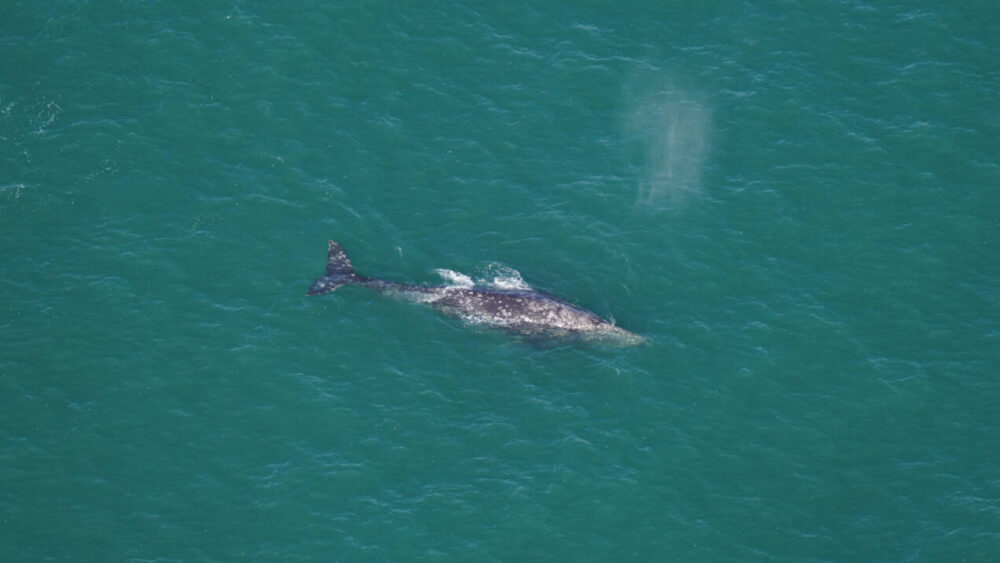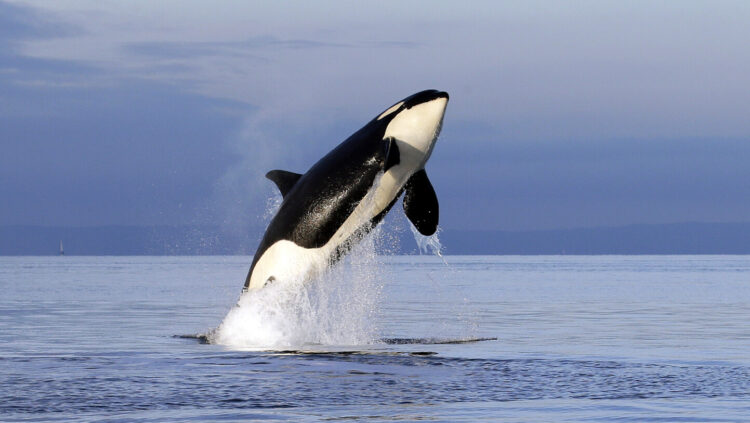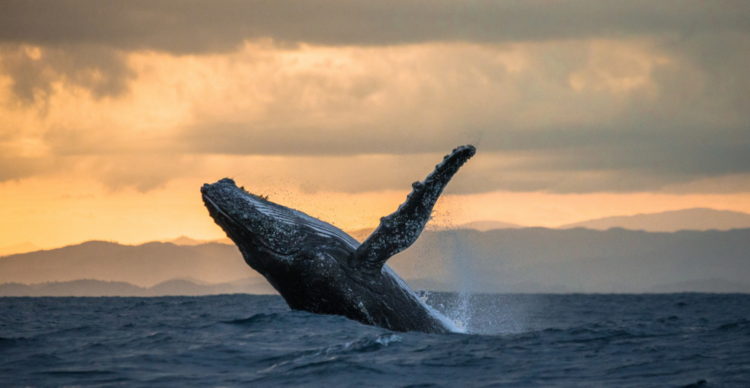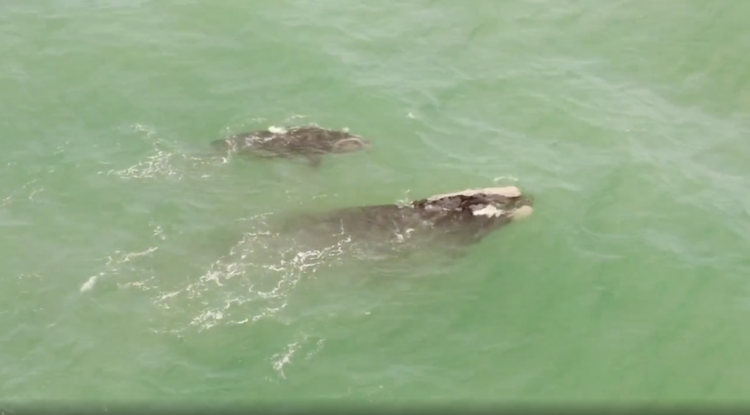Gray whales come to tour boat’s captain for help with parasites
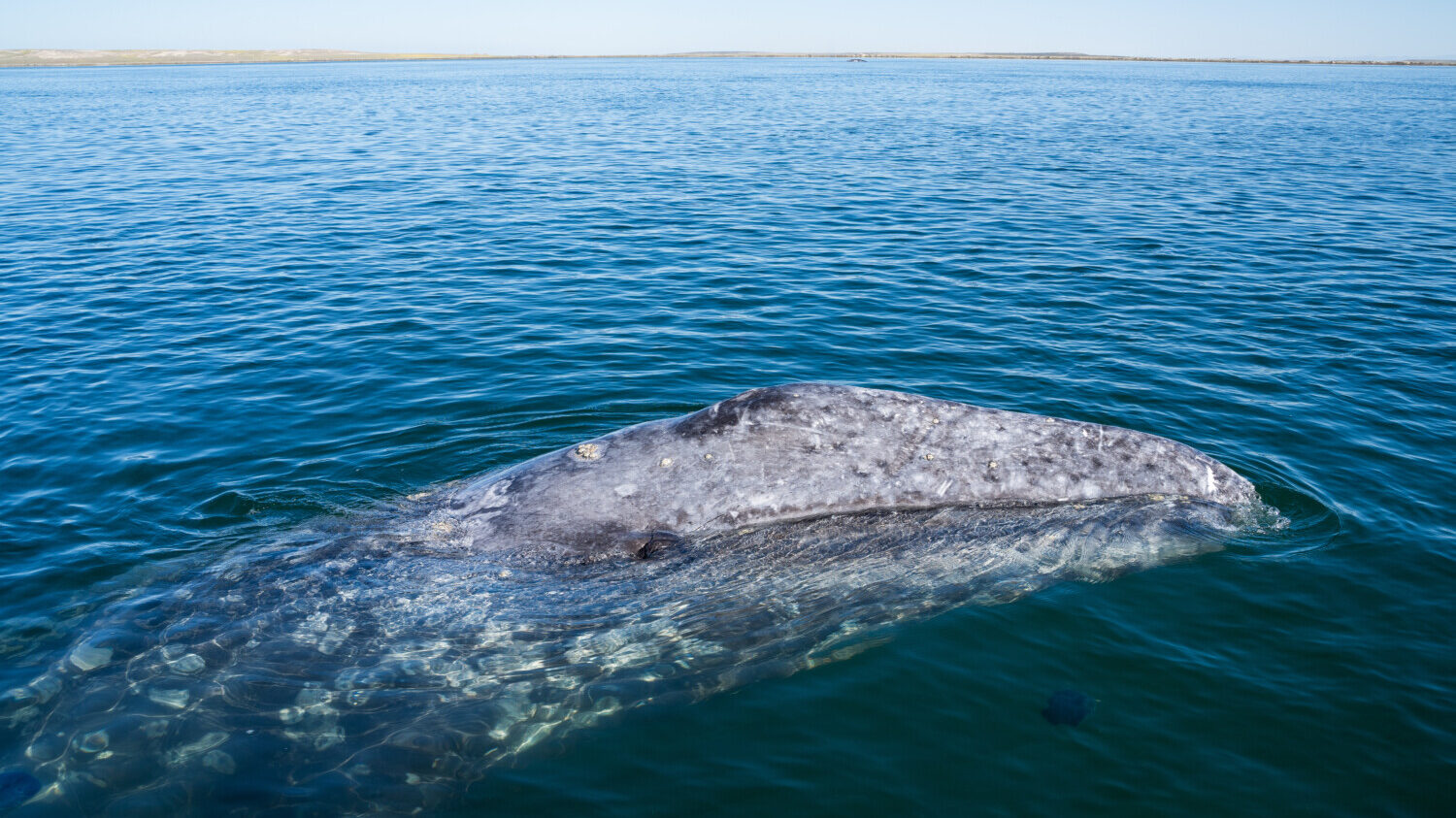
We’ve seen plenty of heartwarming stories about people and animals becoming bonded and helping one another in some way. Many of these stories involve domesticated animals like dogs or cats — others involve wild animals, like penguins or rooks, learning to assist, be helped by and even love humans. Well, here’s another whale of a tale out of Mexico involving a gray whale and a tourist boat captain.
Paco Jimenez Franco has been the head of a whale-watching boat in Ojo de Liebre in Mexico’s Baja Peninsula for 20 years. As such, he’s a familiar sight on the Pacific coast, and he’s had the opportunity to see these whales up close on numerous occasions. In fact, the whales come close enough to him that he noticed whale lice on parts of their bodies.
Here’s a Facebook video he has posted of one such close encounter:
MORE: Dolphins use ‘baby talk’ with their calves, just like humans
Whale lice are external, parasitic crustaceans that feed on dead skin and damaged tissue, so they’re not simply pests for gray whales — their presence does offer benefits. Gray whales’ characteristic white patches are mostly made of barnacles and lice, and the Marine Mammal Center reports each whale can carry 400 pounds of them. Yikes!
Researchers aren’t clear on whether whales are bothered by whale lice. Some think they probably don’t feel them. Others, however, believe differently.
“I think the gray whales have a love-hate relationship with their whale lice,” said British zoologist Mark Carwardine to The Guardian. “They have very sensitive skin, and thousands of these little creatures holding on tight, or moving about, with their exceedingly sharp, recurved claws, must drive them nuts.”
Here’s a Facebook image Franco posted of said barnacles and lice on a whale:
So, when one whale got close enough to Franco, he picked off a louse. And the whale returned so he could do it again.
“Once I removed the first one, she approached again so that I could continue to do so,” Franco told The Dodo.
Since then, that whale has returned to Franco and his boat for additional grooming sessions. And other whales have also come to him for the same treatment, he says.
“I have done it repeatedly, with the same whale and others,” Franco said. “It is very exciting for me.”
Here’s an image of one such incident, as taken by Jerome Evangelio, who was taken out in a boat by Franco.
This is not something we recommend, of course. As the National Oceanic and Atmospheric Administration points out, the Marine Mammal Protection Act and the Endangered Species Act do not support the interaction with wild marine life such as whales outside of permitted research.
But that doesn’t stop us from feeling wonder whenever we see these amazing animals. And in Baja, things are a little different. The whales come to the area from the Arctic between January and March, traveling up to 14,000 miles to their breeding grounds once a year. While you still aren’t allowed to touch these marine mammals without them initiating contact, some gray whales do seek out human interaction.
So, if you’re very lucky — and also very kind, like Franco — you may get an opportunity to engage in your own de-lousing session. If that’s something you want.


